Are you teaching multiplication? The standard, or traditional, multiplication algorithm can be tricky for students to master. There are many steps involved in the process and it is really easy to make a mistake! Here are 4 quick tips to help.
1. Color Code
Make learning the steps to the algorithm easier by color coding notes. Models are great for students to look back at when working independently. This is part of the notes that I use with students.
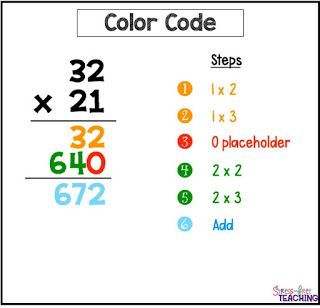
2. Use Lined Paper
Lined paper is a lifesaver when teaching the traditional algorithm. Simply hold the paper sideways and it creates columns. Place one digit in a column to help students line up the digits correctly.
3. Make an Estimate
Begin solving multi-digit multiplication problems with an estimate. Ask students to find a ballpark estimate by using friendly numbers or numbers that end in zeroes. This helps students to determine if their product makes sense. Here is an example:
When finished students compare the place value of the product to the estimate to see if the place value makes sense. If you want to hear more about this strategy check out this video.
4. Practice, Practice, Practice
The best way for students to master the algorithm is to practice. I like to vary the way that students practice. I use pencil and paper practice, digital interactive lessons, and task cards. This video shows one of my digital lessons in action.
One of my go-to center activities for multiplication involves dice. Roll It is literally the quickest and easiest center to set up and it can be used for differentiated instruction, too. Would you like to try it?
Where should I send your copy of Roll It?
Sign up to grab this quick and easy math center. It is perfect for differentiated instruction!
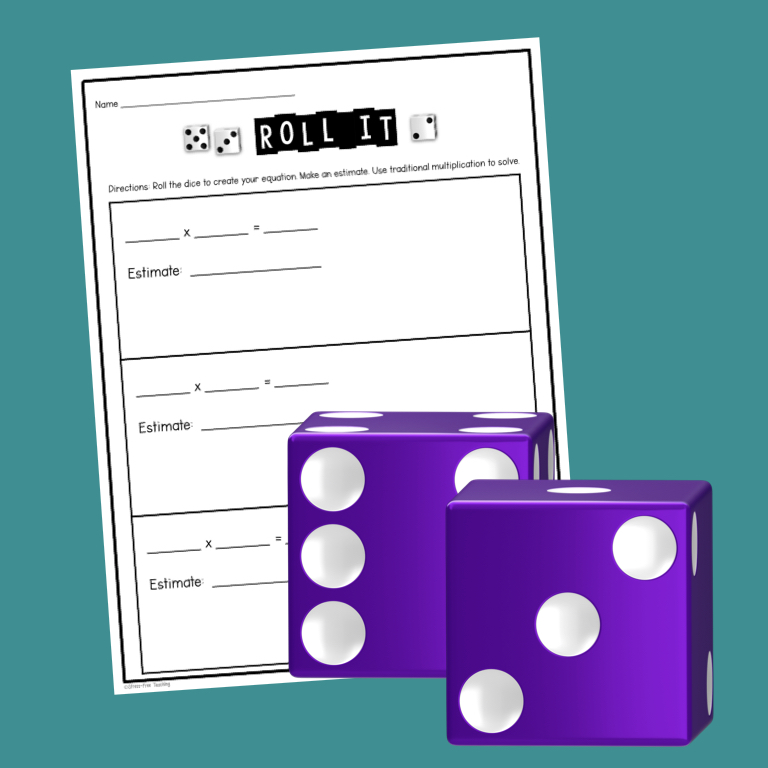
Subscribe
We won’t send you any spam…just tips and tricks you can use in your classroom. Don’t worry, you can unsubscribe at any time.
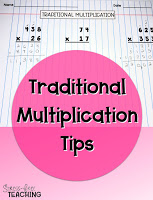
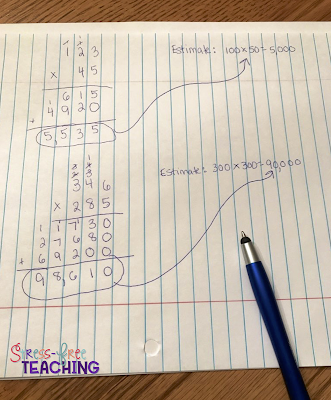
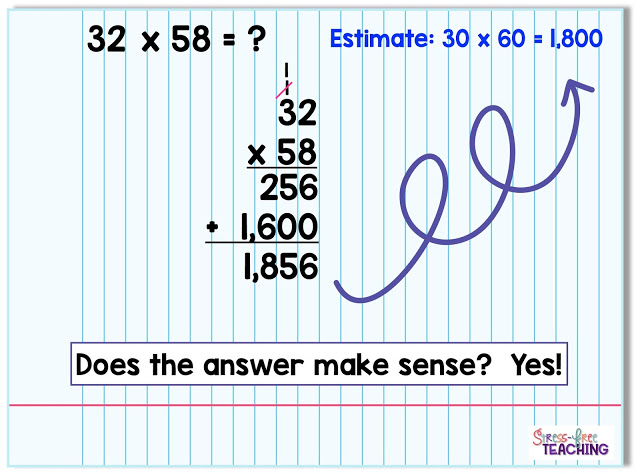

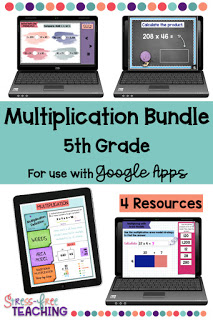

Leave a Reply